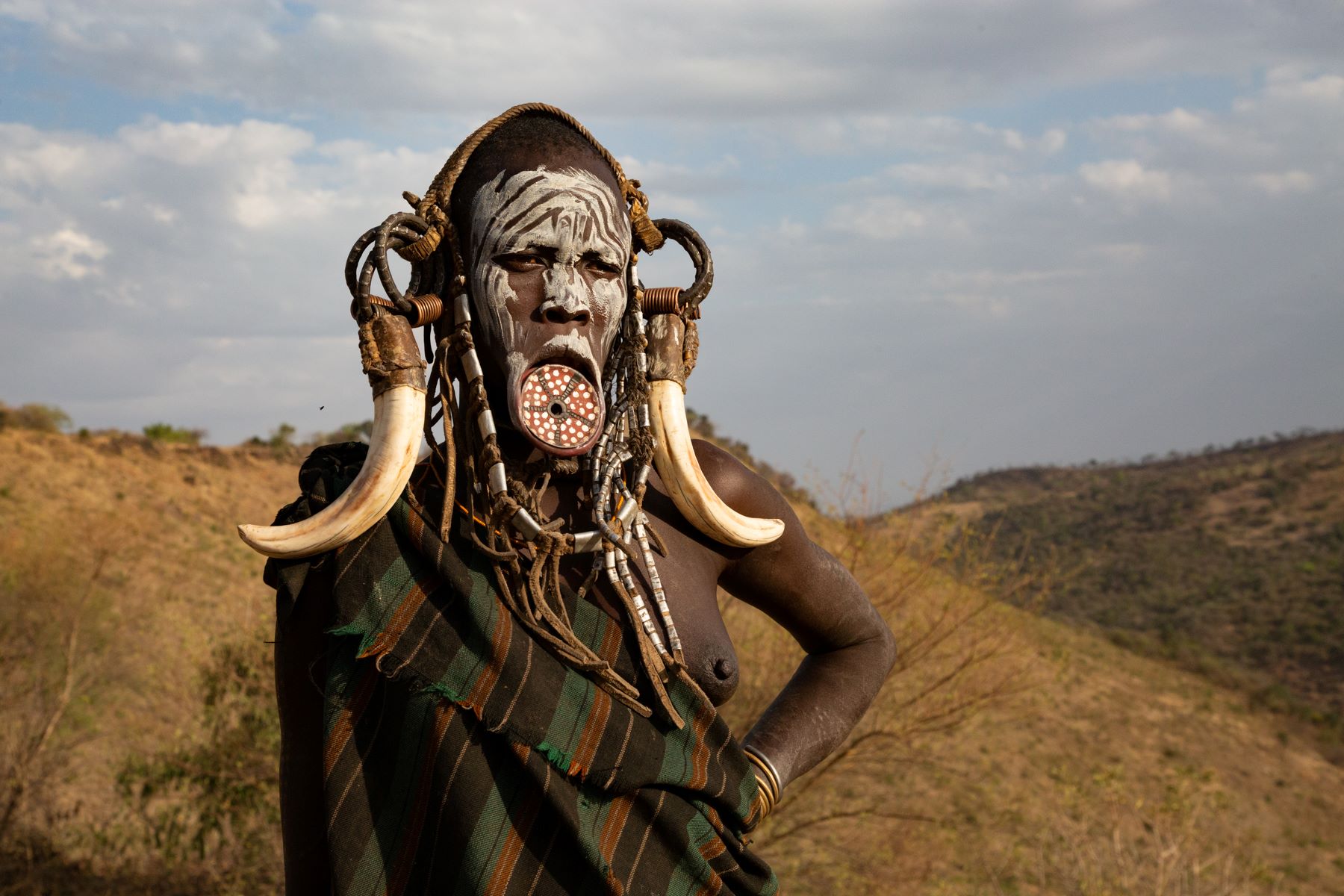Omo Valley Ethiopia Tribal Journey

Have you ever wondered what life is like in the Omo Valley of Ethiopia? This remote region is home to some of the most unique and vibrant tribal cultures on the planet. Imagine stepping into a world where ancient traditions and modern life blend seamlessly. The Omo Valley offers a rare glimpse into the lives of tribes like the Hamar, Mursi, and Karo. Each tribe has its own customs, languages, and ways of life. From intricate body art to elaborate ceremonies, the Omo Valley is a living museum of human diversity. Ready to learn more about this fascinating place? Let's dive in!
Discovering the Omo Valley
The Omo Valley in Ethiopia is a treasure trove of cultural diversity. Home to numerous tribes, each with its own unique traditions, this region offers a rare glimpse into ancient ways of life. Let's explore some of the most fascinating tribes you can encounter on this journey.
1. Mursi Tribe
The Mursi are perhaps the most famous tribe in the Omo Valley. Known for their distinctive lip plates, the Mursi women stretch their lower lips to fit large clay or wooden discs. This practice is a symbol of beauty and social status.
- Location: Mago National Park
- Highlight: Lip plates and body scarification
- Best Time to Visit: Dry season (June to September)
2. Hamar Tribe
The Hamar people are renowned for their elaborate hairstyles and body adornments. Men and women alike wear intricate beadwork and metal jewelry. One of their most captivating traditions is the bull-jumping ceremony, a rite of passage for young men.
- Location: Turmi
- Highlight: Bull-jumping ceremony
- Best Time to Visit: During a ceremony (dates vary)
3. Karo Tribe
The Karo tribe is known for their body painting, using white chalk, charcoal, and ochre to create intricate designs. These decorations are not just for aesthetics; they also serve as a form of social communication.
- Location: Along the banks of the Omo River
- Highlight: Body painting and scarification
- Best Time to Visit: Dry season (June to September)
4. Dassanech Tribe
The Dassanech people live near the northern end of Lake Turkana. They are semi-nomadic pastoralists who also engage in fishing and farming. Their villages are made up of dome-shaped huts constructed from sticks and animal hides.
- Location: Near Lake Turkana
- Highlight: Traditional huts and pastoral lifestyle
- Best Time to Visit: Dry season (June to September)
5. Banna Tribe
The Banna tribe shares many cultural similarities with the Hamar, including the bull-jumping ceremony. They are also known for their vibrant markets, where you can find everything from handmade crafts to fresh produce.
- Location: Key Afer
- Highlight: Weekly markets and bull-jumping
- Best Time to Visit: Market days (Thursdays)
6. Nyangatom Tribe
The Nyangatom, also known as the Bume, are known for their colorful beadwork and elaborate headdresses. They are fierce warriors and skilled cattle herders, often engaging in raids with neighboring tribes.
- Location: Near the Omo River
- Highlight: Beadwork and headdresses
- Best Time to Visit: Dry season (June to September)
7. Arbore Tribe
The Arbore people are easily recognizable by their black headscarves and colorful bead necklaces. They are a peaceful tribe, known for their hospitality and welcoming nature.
- Location: Near Lake Chew Bahir
- Highlight: Traditional attire and hospitality
- Best Time to Visit: Dry season (June to September)
8. Konso Tribe
The Konso are known for their terraced agriculture and wooden totems called "waka." These totems are carved to honor deceased ancestors and are a significant part of Konso culture.
- Location: Konso Highlands
- Highlight: Terraced fields and waka totems
- Best Time to Visit: Year-round
9. Suri Tribe
The Suri, like the Mursi, are known for their lip plates and body scarification. They also engage in a form of stick fighting called "donga," which is both a sport and a way to settle disputes.
- Location: Kibish
- Highlight: Stick fighting and body scarification
- Best Time to Visit: Dry season (June to September)
10. Bodi Tribe
The Bodi people are known for their unique New Year celebration called "Ka'el." During this festival, men compete to become the fattest by drinking a mixture of blood and milk. The winner is celebrated as a hero.
- Location: Near the Omo River
- Highlight: Ka'el festival
- Best Time to Visit: During the festival (June)
Lasting Impressions of Omo Valley
Visiting the Omo Valley in Ethiopia offers a unique glimpse into ancient traditions and diverse cultures. The vibrant tribal communities like the Hamar, Mursi, and Karo showcase a way of life that has remained largely unchanged for centuries. Their colorful ceremonies, intricate body art, and communal spirit leave a lasting impact on visitors.
Traveling through this region isn't just about sightseeing; it's about connecting with people who live in harmony with nature. The landscapes, from lush riverbanks to arid plains, add to the area's allure.
While the journey can be challenging, the rewards are immense. You'll leave with a deeper appreciation for human diversity and resilience. The Omo Valley isn't just a destination; it's an experience that stays with you long after you return home.

